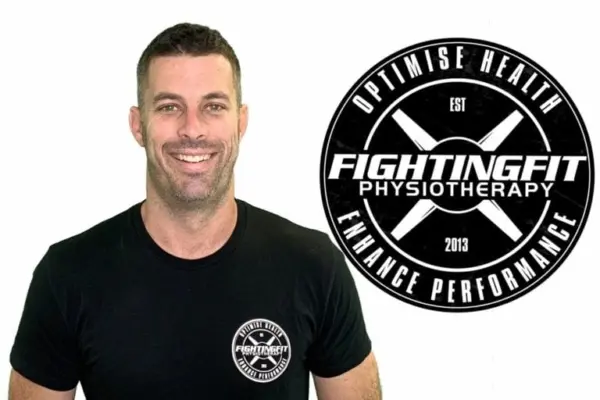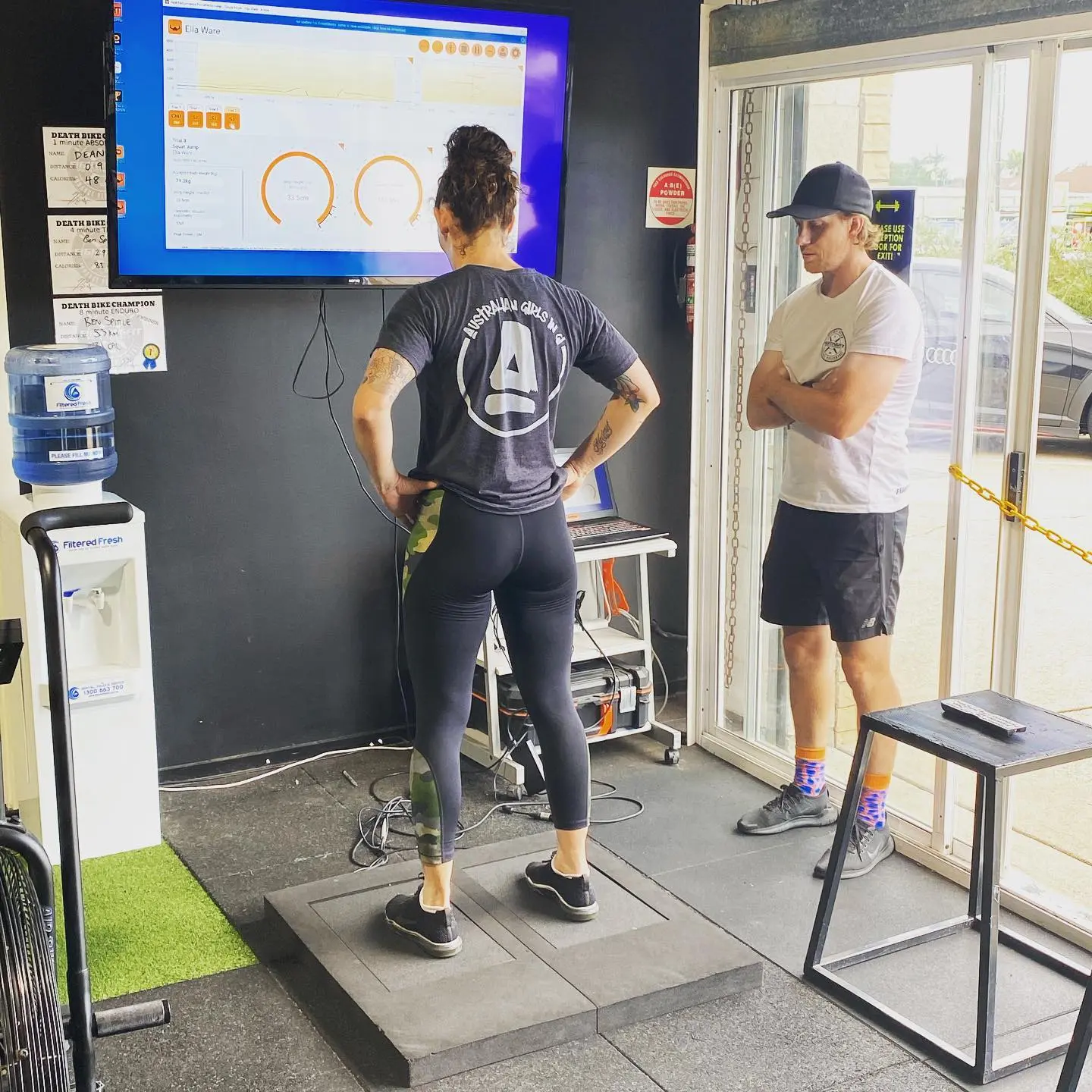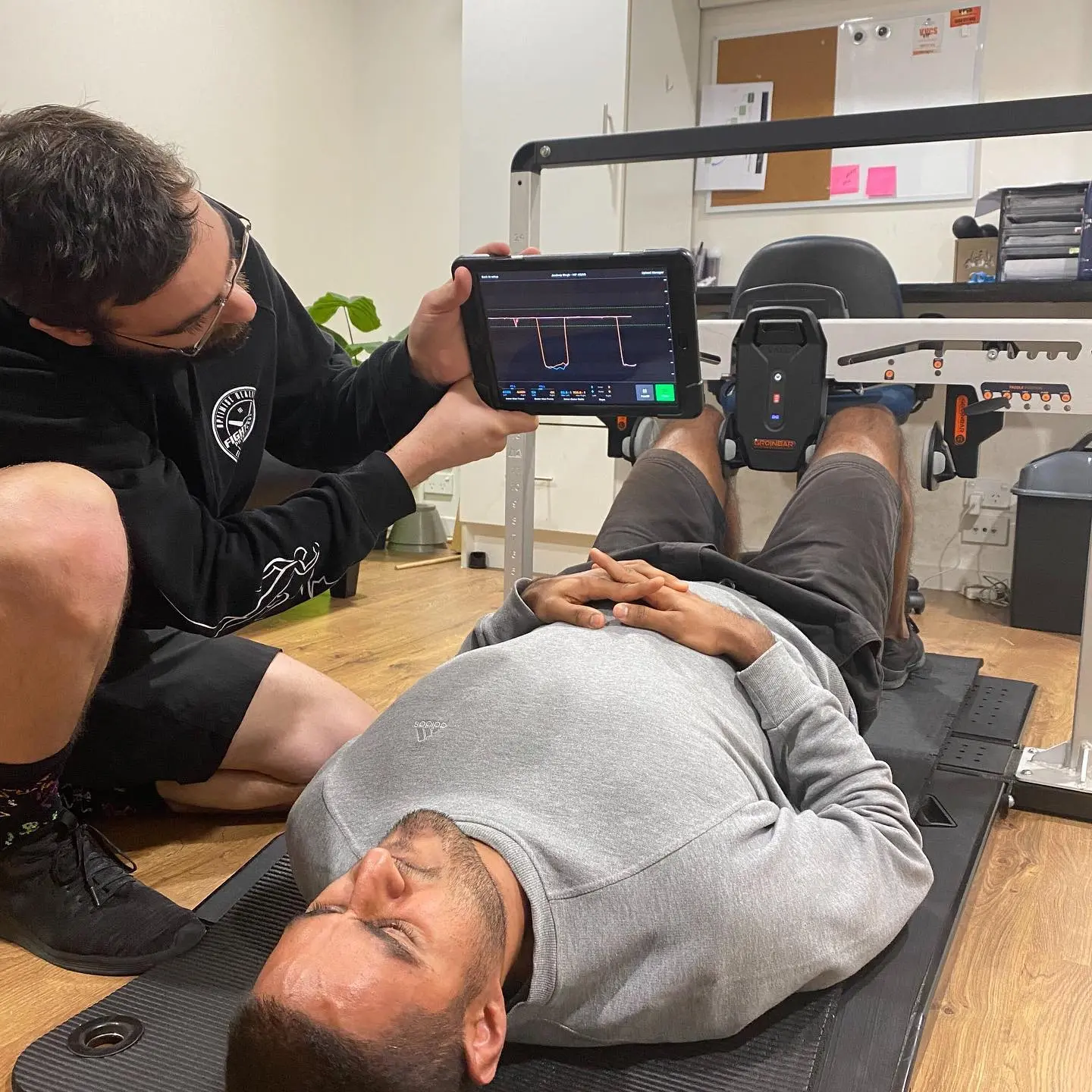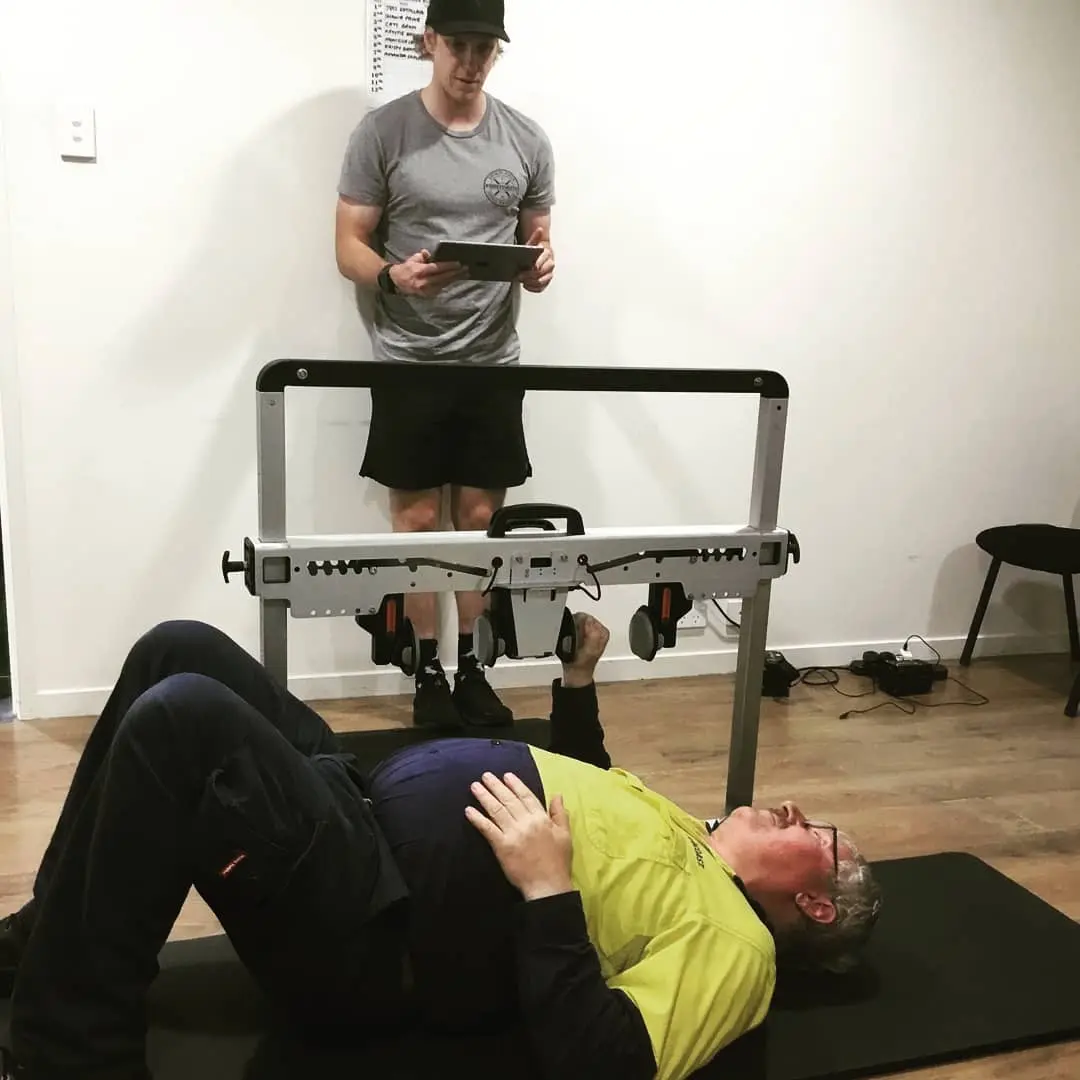How Fighting Fit increases client engagement with VALD Technology
Available in:
EN
Snapshot
Fighting Fit Physiotherapy has integrated VALD’s full suite of measurement systems into their clinic to provide clients with comprehensive assessment, diagnosis, high quality treatment, and ongoing testing for all musculoskeletal conditions.
Dean Phelps is the owner of Fighting Fit Physiotherapy, holding a Bachelor of Human Movement Science (Honours) and a Master of Physiotherapy.
In this case study, he explains how he uses VALD technology in his business and how they provide considerable insight into his clients’ rehabilitation – no matter the injury.

How VALD technology is used at Fighting Fit Physiotherapy
Fighting Fit uses VALD technology to test, measure and prescribe across a wide range of population groups and cases. This ranges from measuring performance gains in elite athletes and ‘weekend warriors’, to determining balance in older patients, and assessing range of motion (ROM) in a post-operative shoulder injury.
Dean, elaborates, “from diving deep into the clinical reasoning of why we are prescribing a certain exercise to measuring a treatment effect, or proving progression over time with the patient – there are few cases where we wouldn’t, or couldn’t, use a piece of VALD technology to test, measure and prescribe from.”

Using VALD technology to improve client engagement
Overall, the client experience with VALD technology has been incredibly positive “clients are intrigued, informed, encouraged, engaged, motivated, committed, competitive, and have become increasingly focused on their own personal outcomes. ‘Is it better than last time?’ is one of the most common terms heard each time we test” stated Dean.
Fighting Fit has experienced first-hand the benefits that VALD technology provides their clients, and importantly, the growing rate of engagement they each have with their rehabilitation and exercise programs. Dean explains, “People want to fully understand what’s wrong with them and have the proof that what we’re doing to help correct them actually works. It validates the reason why they need to continue with treatment and creates trust in us, the practitioner, and the whole process as a result.”
Fewer patient dropouts
Dean has also found that the improved rate of engagement has led to fewer patient dropouts, more positive outcomes, and ultimately, a better health care business. “The data allows you to remove the emotional impacts of pain and injury to focus on the functional improvements. So, if a client comes in feeling bad or doubtful about their treatment progress but can be shown logically that their performance is improving, it works wonders in overcoming those negative thoughts and feelings. So, they continue the path to success, rather than dropping off” said Dean.

Fighting Fit’s approach to internal adoption of VALD technology
Technology is integrated into all aspects of Fighting Fit’s clinical practice; with every member of the team currently using VALD technology. Dean emphasises that their approach to mandatory internal adoption “creates consistency through systemising treatment processes, as well as increasing the reliability of tests and re-tests across disciplines.”
Further, because of this high rate of internal adoption, the consistent collection and accurate collection of data have helped to improve both communication and the flow of information to external providers. Dean explains “from communication with general practitioners and specialists to reporting for work cover and insurance claims, or handing over patients to other providers in national teams – the data we collect has helped to streamline all of this
Personalising the testing and injury management processes
Fighting Fit tailors the selection and use of each VALD system dependent upon the type of injury being treated, the style of tests required, and of course, the patient themselves; “I don’t think we have come across a condition that the VALD suite couldn’t be used for” said Dean.

Outlined below are some key examples of how VALD technology is used at Fighting Fit:
Post-operation rotator cuff tear in work cover claim:
HumanTrak for ROM, ForceFrame for internal and external rotation strength testing across set time periods to discharge.
Balance and Falls:
HumanTrak to look at Centre of Mass (CoM) changes in single-leg or tandem stance pre and post a falls reduction program.
Lateral Hip Pain:
ForceFrame to measure hip abduction strength in 45, 90 and 0 degrees across the treatment journey.
Whiplash assessment after a motor vehicle accident:
ForceFrame to test muscle strength i.e. maximum voluntary contraction (MVC) for P1/P2 values and improvement.
Hamstring injury in recreational AFL player:
NordBord to assess hamstring strength at the time of injury, then at set time points across rehab journey. Again, NordBord, to test and measure the effect of eccentric hamstring program, determine progressions of exercises and monitor return to play.
Summary
Fighting Fit Physiotherapy has integrated a full suite of VALD technology into their clinic, resulting in a higher level of individualised care for each patient.
Dean sums up his clinic’s philosophy; “If you’re not testing, you’re always guessing. You need to monitor the improvements of your treatments every session, and to do this to today’s standards you need the best technology around.”
Download this case study as a PDF: Fighting Fit Case Study
